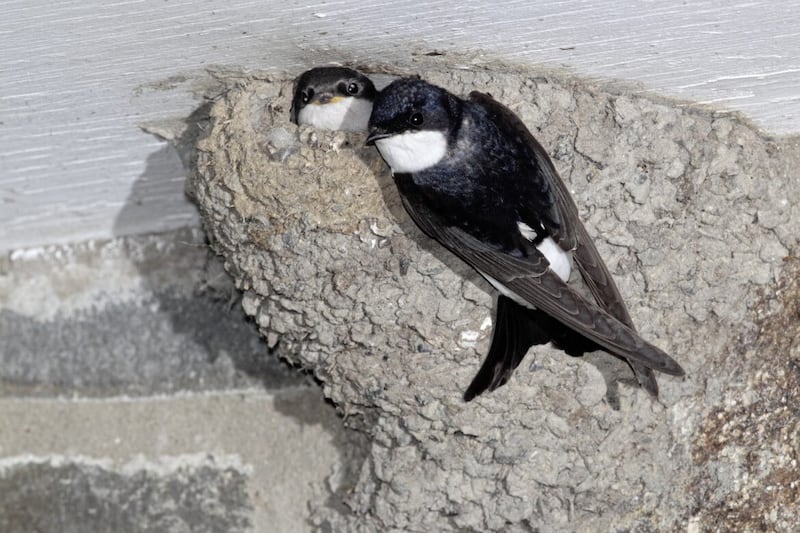TYRONE poet John Montague, in his poem Christmas Morning, captures much of our hereditary attachment to the warm glow of this holy season when he describes the people from his homeplace of Garvaghey, travelling to the Christmas morning Mass.
The opening lines sketch out an image of his ancestral clan moving from the hills and townlands by foot, "Like shepherd and angel/ On that first morning", to the:
''Grey country chapel
Where a gas-lamp hisses
To light the crib
Under the cross-beam's
Damp flaked message:
GLORIA IN EXCELSIS''
As they make the journey on that dark, cold morning, "Along cattle paths/Crusted with ice", Montague references some earthly features which keep them company, the "rimed hawthorn, Gothic evergreen", underlining their closeness to the landscape.
Monaghan's son, Patrick Kavanagh, also places much emphasis on nature in his famous work A Christmas Childhood where he recalls with great clarity, the magic of his sixth Christmas.
Filled with nostalgia for his rural upbringing, he shows his consciousness and appreciation of the natural world, writing, "A water-hen screeched in the bog," as "Mass-going feet/Crunched the wafer-ice on the pot-holes".
He also uses the contours of that world to create Christmas imagery around the birth of Jesus when his childhood self, looked up as "Three whin bushes rode across/The horizon - the Three Wise Kings".
During the Christmas period, as with many of our religious festivals, strands of the natural world are woven into the celebrations and surrounding symbolism.
We see this in the use of decorative trees, berries, holly and other greenery, while animals and birds such as the robin and wren adorn many of the festive cards.
The wren's curious association with the season comes from tales of betrayal, including the bird's divulging of Christ's whereabouts to Roman soldiers in the Garden of Gethsemane and for revealing Saint Stephen's hiding place to his killers with its loud song.
For this alleged treachery towards the martyred Saint, the longstanding tradition of the rhyming 'Wrenboys' began, which involved groups of men and boys hunting a wren to death on Stephen's Day before parading it on a holly bush through villages chanting scornful verses which varied according to locality, many including the lines,
"The wran, the wran, the king of all birds
On Saint Stephen's Day he was caught in the furze
So up with the kettle down with the pan
Give us a penny to bury the wran."
Although the savage practice of killing the bird no longer takes place, many groups still perform the annual ritual using fake birds on Lá Dreoilín, wren day.
The 'Spideog Mhuire', or Mary's Robin as it's known in Ireland's southwest, has strong links to the birth of Jesus, with legend telling us the bird came to Mary's aid while fleeing to Egypt.
As she bled from thorn and bramble wounds the robin followed her, covering the blood with leaves and debris to leave no trace for Herod's men. Legend also says the robin kept the stable fire alight for the baby Jesus, flapping its wings to keep air circulating.
I'm sure, as Mass goers from both the Montague and Kavanagh poems emerged from the chapel to their Christmas dawn, they were greeted by the songs of both wren and robin from cold, bare hedgerows nearby.
They may also have had lines from the famous 1719 carol Joy to the World ringing in their ears:
"While fields and floods,
Rocks, hills and plains
Repeat the sounding joy,
Let earth receive her King...
Let every heart prepare Him room
And Heaven and nature sing."
Nollaig Shona daoibh go léir. Happy Christmas all.








